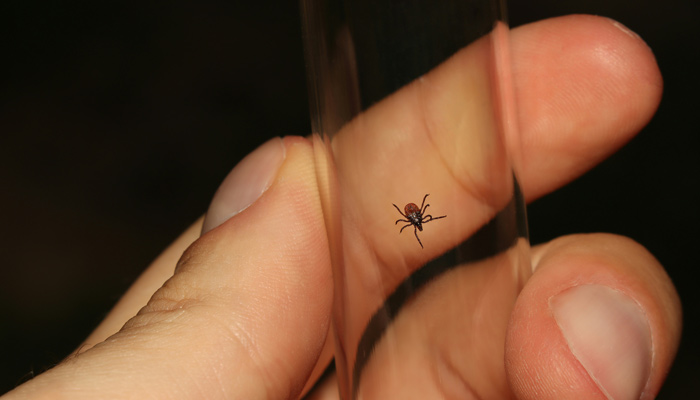
Grant Awarded to University of Pitt-Johnstown
Researchers in the Chemistry and Biology Departments Working to Develop a Repellent That Makes Humans “Invisible” to Ticks
Researchers at the University of Pittsburgh at Johnstown (UPJ) have been awarded $115,000 in grants to develop an innovative tick repellent named B.I.T.E. (Bio-Inspired Tick Evasion). This product aims to render humans “invisible” to ticks, which are notorious for transmitting Lyme disease. The key to this innovation is a compound that masks the carbon dioxide emitted from human skin, which ticks use to locate their hosts.
The primary grant of $100,000 was awarded through the Pitt Innovation Challenge, which funds bold solutions to significant health issues. Additionally, the team received a $15,000 grant to construct an artificial human forearm with realistic pores to test the effectiveness of their product.
The project is a collaboration between four UPJ professors: Jill D. Henning, Luis Bonachea, Manisha Nigam, and Matthew Tracey. Their interdisciplinary approach combines expertise in biology, chemistry, and invertebrate physiology. This initiative marks a significant milestone for the university, being the first major collaborative effort between the biology and chemistry departments in over two decades.
If successful, the B.I.T.E. repellent could replace current tick repellents that often contain harmful chemicals, offering a safer and more effective alternative for preventing Lyme disease and other tick-borne illnesses.
The inaugural issue of Prognosis:Innovation [the magazine] will focus on the Pittsburgh region. Among the focused feature topics will be research and innovations in tick-borne illnesses.
CONTACT US If you would like to contribute to this topic and promote your work in this area.





